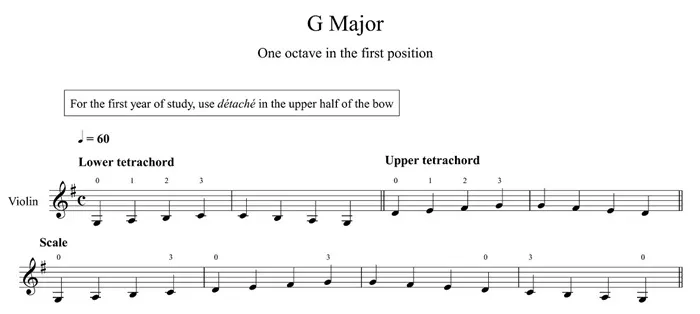In the vast realm of music theory, certain keys hold particular significance, shaping the mood, tonality, and overall feel of musical compositions. Among these keys, G major stands out as one of the most fundamental and widely used. From classical symphonies to contemporary pop songs, G major’s bright and uplifting characteristics have made it a staple in musical expression. In this article, we delve into the intricacies of what G major means in music, exploring its theoretical aspects, practical applications, and cultural significance.
The Basics of G Major
At its core, G major is a musical key that is based on the G major scale. The G major scale consists of the following notes: G, A, B, C, D, E, and F#. In terms of intervals, the scale follows a pattern of whole steps and half steps, specifically: whole, whole, half, whole, whole, whole, half. This arrangement of intervals creates a distinct sound characteristic of G major, with its bright and open tonality.
Key Signature And Notation
In sheet music, the key of G major is indicated by its key signature, which includes one sharp: F#. This sharp is applied to all F notes throughout the piece unless explicitly modified by accidentals. This consistent use of sharps or flats in a key signature is crucial for musicians to interpret the intended tonality and harmonic structure of a composition accurately.
see also: What Are The Characteristics And Social Impact of Music?
Harmonic Characteristics
One of the defining features of G major is its harmonic richness and versatility. The key’s primary chords are G major (G-B-D), C major (C-E-G), and D major (D-F#-A). These chords form the basis of countless musical progressions and lend themselves well to both consonant and more complex harmonic explorations. Additionally, G major’s relative minor key is E minor (E-G-B), offering a contrasting yet complementary emotional palette for composers and performers.
Emotional And Expressive Qualities
Musically, G major is often associated with feelings of joy, optimism, and vitality. Its bright and resonant sound evokes images of sunlit landscapes, uplifting melodies, and celebratory moments. Composers throughout history have utilized G major to convey a range of emotions, from exuberance and triumph to tenderness and nostalgia. This versatility makes G major a favorite among composers in various genres, including classical, folk, jazz, and pop.
Cultural And Historical Significance
Beyond its theoretical and expressive attributes, G major carries cultural and historical significance in the world of music. Many iconic compositions, such as Ludwig van Beethoven’s “Symphony No. 9” (Ode to Joy) and Johann Sebastian Bach’s “Brandenburg Concerto No. 3,” prominently feature passages in G major, showcasing its enduring appeal and timeless resonance. Moreover, G major’s accessibility on instruments like the guitar and piano has contributed to its widespread use in popular music across genres and generations.
Practical Applications
For musicians and composers, understanding G major opens up a world of creative possibilities. Whether crafting uplifting melodies, exploring harmonic progressions, or arranging pieces for various instruments and ensembles, G major provides a solid foundation for musical exploration and expression. Additionally, G major’s compatibility with other keys allows for seamless modulation and tonal shifts, enhancing musical dynamics and narrative development within compositions.
Conclusion
In conclusion, G major holds a prominent and multifaceted role in the realm of music. From its theoretical underpinnings and harmonic richness to its emotional resonance and cultural significance, G major enriches musical compositions across genres and styles. Whether experienced through classical masterpieces or contemporary chart-toppers, the bright and uplifting spirit of G major continues to captivate audiences and inspire musical creativity worldwide.
FAQs
Which note is middle C?
Middle C is the note C4, which is located in the middle of the piano keyboard. It’s called “middle” because it’s roughly in the center of the piano’s range.
What does the key of C mean?
The key of C refers to a musical key where the tonal center or “home note” is C. In other words, when a piece of music is in the key of C, it means that C is the main note around which the other notes and chords revolve. This key has no sharps or flats in its scale, making it one of the simplest keys to play in and understand, especially for beginners.
Is middle C C5?
Apologies for any confusion. Middle C is typically referred to as C4, not C5. In the standard scientific pitch notation used in music, middle C is designated as C4 because it is the fourth C note on a standard 88-key piano keyboard, counting from the lowest note (A0) to the highest (C8).
Related topics:


























